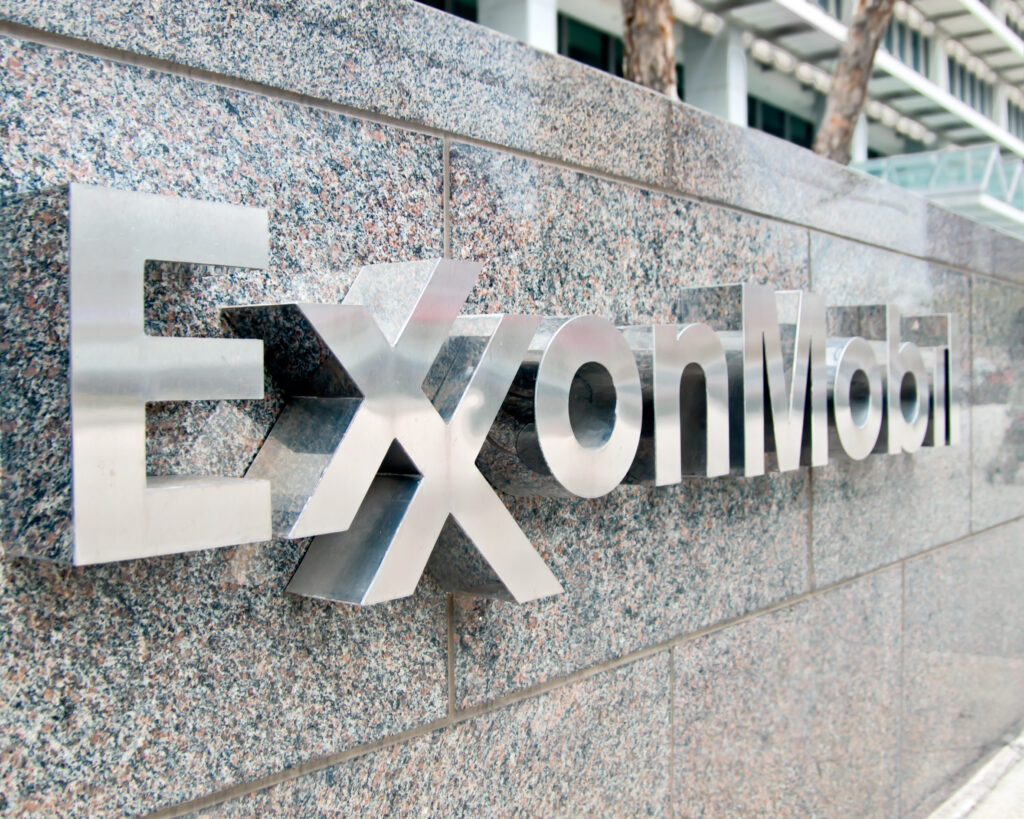Readers of the ILR blog might remember the lawsuit U.S. food distributor Sysco filed against Burford Capital earlier this year, which gave us a peek into the third party litigation funding (TPLF) industry. In a nutshell, Sysco alleged the litigation funder prevented the company from accepting reasonable settlements in its antitrust litigation, turning the company into a “litigation hostage forced by a greedy funder to keep litigating cases that it [Sysco] wants to resolve.” Sysco also accused Boies Schiller, the law firm it hired to handle the antitrust cases, of secretly working with Burford by encouraging the company to continue the lawsuits to increase the amount of money the law firm and Burford could make. Burford then countered-sued Sysco.
Earlier this month, both sides came to an agreement and dropped their lawsuits. While the whole settlement isn’t public, this dispute shed some light on the secretive, multibillion-dollar TPLF industry. For years, ILR has warned that litigation funders have outsized control in the lawsuits they fund and often prolong litigation to hold out for higher settlement offers. Publicly available documents show that Burford, through an affiliate it owns, will now get complete control over the antitrust litigation.
What isn’t known, though, is how Burford will use its public control in these suits and its apparent influence in other litigation it has funded going forward. Will it continue to refuse to accept reasonable settlement offers as it allegedly did before? Will Burford be involved in decisions traditionally made between attorneys and their clients? As Nathan Morris, ILR’s senior vice president of legal reform advocacy, told Bloomberg Law, “Burford should make clear what role it’s playing in other cases and release its funding agreements,” Morris said. “That level of transparency is the only way the courts and parties will know who is really calling the shots.”
As more details come out about the litigation funding industry, the louder the calls for transparency grow. Federal courts around the U.S. have enacted automatic disclosure rules so judges can understand how much outside money is being poured into cases on their dockets. Even state lawmakers understand the problems that TPLF pose. Earlier this year, Montana became the latest state to require transparency of all TPLF agreements in all civil cases before the state’s courts.
As the lawsuit against Burford shows, without commonsense transparency, we can expect litigation funders to continue exerting control over lawsuits.
Stay in the loop with the latest news and subscribe to our newsletter.


